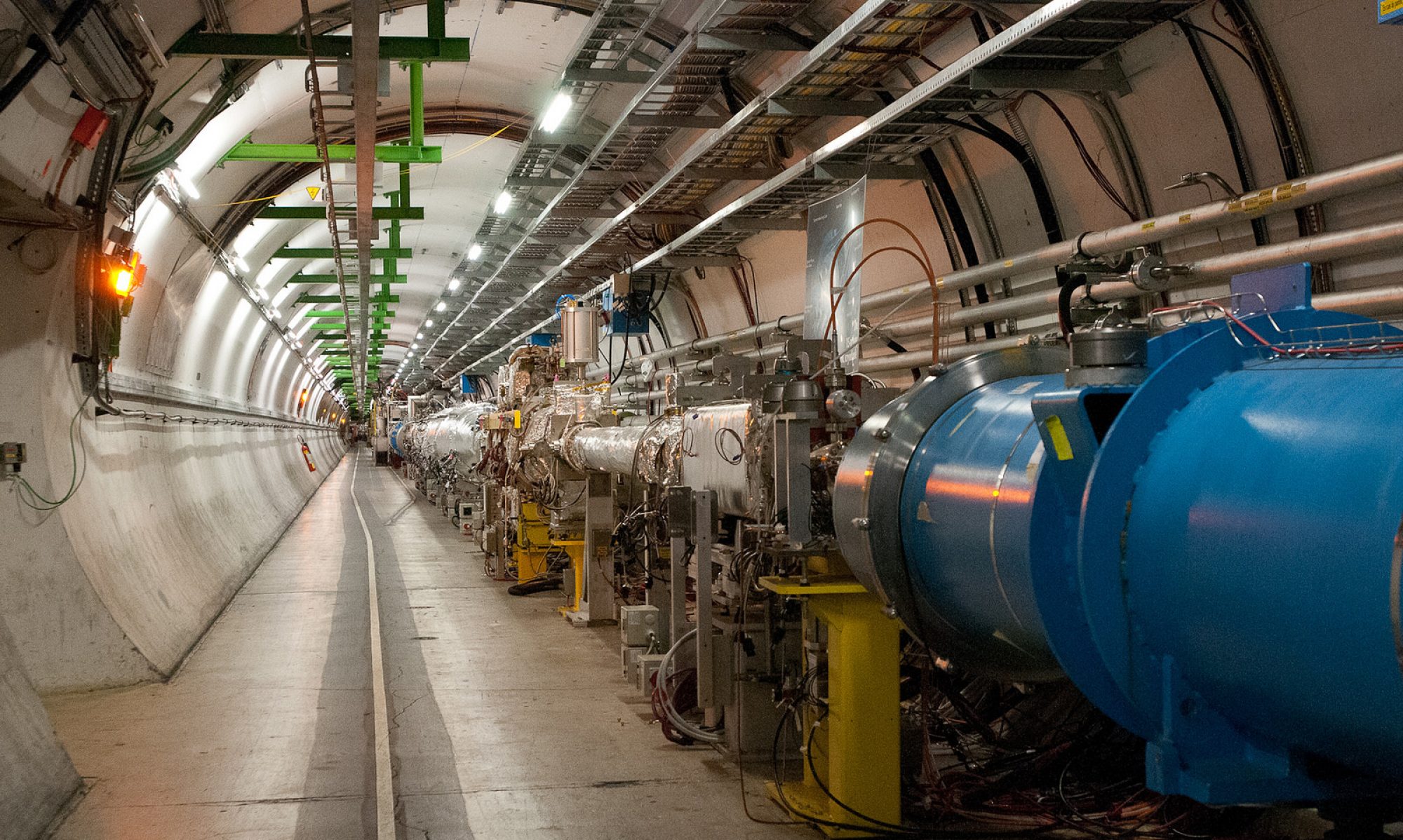It’s been quite a while since I wrote anything here. Things have changed quite a bit since my shining optimism on shift, back in December. Professionally speaking, this has been one of the most exciting and terrifying times in my life as a physicist. We have all felt the crunch of the omnibus budget passed in December, and since then we have all been trying to find a way to do the most science possible with less money. So many opportunities are ahead of us in physics, and all we have to do is find a way to afford reaching out for them.
BaBar switched to running at the Upsilon(3S) resonance, a big change from the B-meson-centric program at the Upsilon(4S). Here we are exploring largely uncharted territory, a sea of unobserved energy states with the lurking hope of some new physics phenomena hidden somewhere in the vast data sample. We have ten times more Upsilon(3S) mesons than recorded at all previous experiments, taken in the span of just a few months. It’s humbling and exciting.
But now we bid farewell to the Upsilon(3S). As we drop our colliding beam energy yet one more time, we can watch the 3S fade into the distance.
![]()
